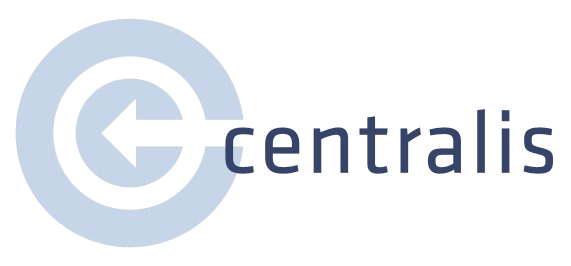A common pitfall we see in our usability research is apps that are trying to do too much. Product developers and teams kept adding more features and extra information with the best of intentions without realizing how those additions might hinder people from achieving their intended purpose. In general, we recommend simplifying both the number of features offered and the wordiness of the interface to help users focus on completing their primary goals.
Do Fewer Things
The best apps make judicious use of the limited space on mobile screens, shielding the user from unnecessary distractions so they can focus on accomplishing the task they need to complete. An excellent example of an app that focuses the user through minimalist design is Ada, a medical advice app (see below).
Notice how the app offers limited buttons and options, asking one question at a time, so the user can get the help they need. When evaluating an app, consider what the user’s primary goal(s) are and then ruthlessly edit potential distractors.
Use Fewer Words
In the same way that too many options can distract the user from finding their target, a screen full of words can make it challenging to find the essential information needed to accomplish a goal. Realistically, most people do not read text on an app carefully, especially if it is longer than a sentence. At best, they skim the first few words and infer the meaning of the text block.
Here is an example inspired by our own recent research. Participants were asked a question (in bold), with some clarifying helper text below:
In usability test sessions, participants read the question and felt confident they could answer it. But as they began reading the first words of the help text, most misunderstood that they should include the categories listed, rather than exclude them. Instead of clarifying the question, the added text misled people from its intended meaning.
What if the question had been formatted this way instead:
In this alternative, we bring the critical information (i.e., ‘NOT’) to the top and bold it to make it easier to see. The addition of a bulleted list makes the exclusions easier to scan. As a result, people can understand and answer this question more accurately!
There are many more principles to be considered when designing a well-balanced app. Still, as UX researchers, we often see that when clients apply the maxim 'Less is More,' usability improves.
In summary, consider the following:
Know your user's primary goal and ruthlessly eliminate distractions or unnecessary decisions that do not help them as they pursue that goal
Think about what information is most important, be concise, and place key text in scannable chunks to increase the user’s comprehension.






